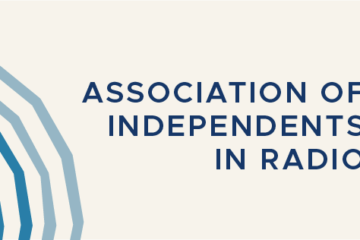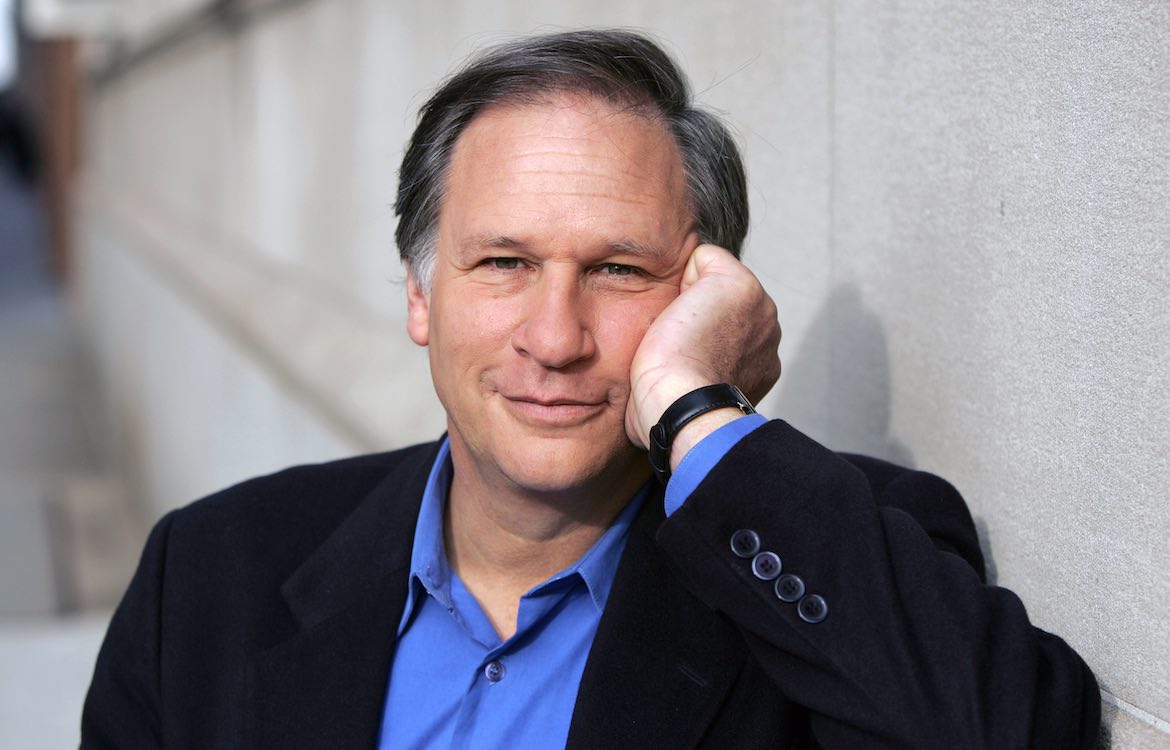Prenups: precautions for prudent producers
Too many couples were splitting up before the offspring came along. Or they lived together grumpily, keenly aware they shouldn’t have had that second date. Ellen Schneider and her crew saw it was time for an intervention.
Schneider’s San Francisco company, Active Voice, has published a 25-page booklet to turn things around: “The Prenups: What Filmmakers and Funders Should Talk About Before Tying the Knot.”
They’re not talking about prenuptial contracts that would lock up the DVD rights in case of divorce. Instead, they’re advising grantmakers and documentary-makers to scope out each others’ motivations, ideals and hang-ups and achieve the mutual understanding that helps a marriage stick.
Schneider has seen more than enough dysfunction in funder-filmmaker pairings while working with documentaries for 25 years — once as e.p. of P.O.V. and now as founder of Active Voice, which does outreach projects for docs. An anonymous donor backed the preparation of “The Prenups” through a Tides Foundation grant. The work included interviews with more than 40 funders and producers.
The PDF booklet can be downloaded from www.theprenups.org.
Schneider plans to do some outreach about it, naturally, stimulating discussion in separate meetings of funders and filmmakers and then in a broader meeting with both.
Misunderstandings are on the rise, the booklet says, because nonprofits, investors and foundations of every kind are having videos made about their subjects, including many who have never funded production before.
There’s more to decide, too, because there are so many ways a video can be distributed today. And grantmakers report that their trustees demand that every dollar be spent toward the funder’s official objectives.
“There were more ways of working together, but the language hadn’t really caught up.” Both parties vary so much in attitudes and objectives that Active Voice divided them among five archetypes for filmmakers and five for funders.
The payors range from the Commissioning Funder, who buys a service and makes key decisions, and the Responsive/Strategic Media Funder, who goes with whatever approach puts the information across, to hands-off grantmakers who regard the films as artistic works.
On the payee side, the Visionary Filmmaker doesn’t want to hear suggestions from a funder, while the Entrepreneurial Filmmaker is up for hire. Activist Filmmakers aim to prompt civic action, while Empowering/Advocate Filmmakers wants to give voice to their subjects.
In most funder relationships that Schneider sees, the filmmaker retains editorial control, often because that’s required for PBS distribution, which both parties want.
But misunderstandings arise, she says, when a funder assumes its film will air on public TV and the producer has given up on that option because it’s such a long shot, given the competition for PBS airtime.
Funders can also be freaked by the unpredictable course of real life as lived by documentary subjects — or by decisions as basic as a program’s title.
In an interview on Active Voice’s website, Jack Walsh, a former KQED executive producer, recalls friction with a funder over the title of a film about four girls in trouble with the law. Walsh said the girls themselves came up with the title — “Girl Trouble” — but a would-be funder objected, “We just couldn’t fund something with a title like this.” The title was still in place when the film aired on Independent Lens.
In one partnership that broke up, the funder expected to have as much control over the film as the producer even though it was putting up only a fraction of the cost.
“We don’t have a recipe for a precise way to work together,” Schneider says. “A lot of it is chemistry.” The lovebirds need to get to know each other better. Who do they want to see the program? What should it achieve? Who decides what about the program? Who pays for what? How much? When? The booklet says the partners must “understand each other’s goals, professional standards and value systems — in other words, to see eye to eye.”







